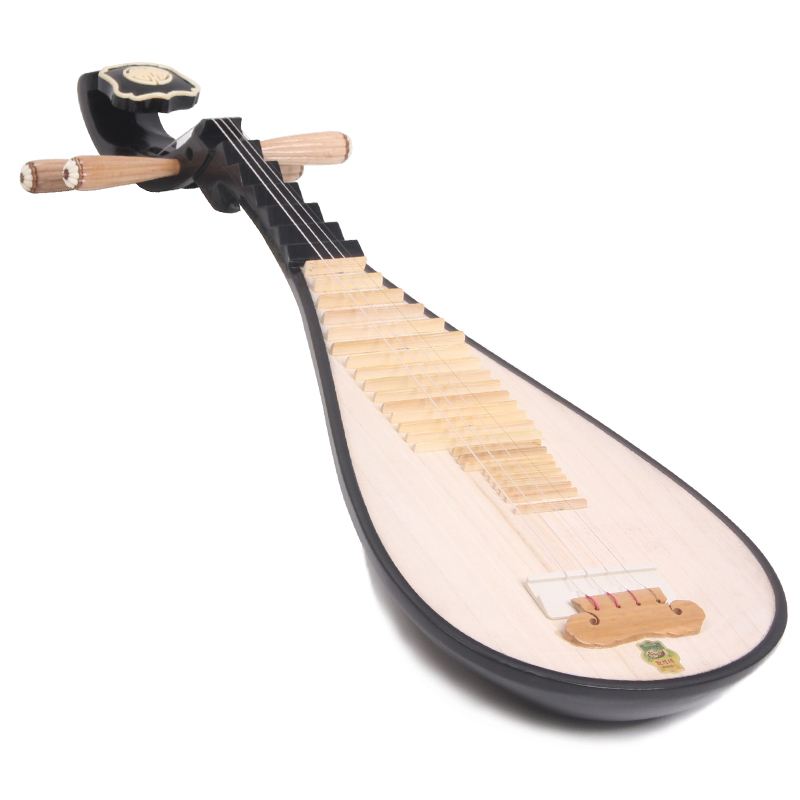Pipa Shaking Fingering Skills
Shaking finger is the right fingering method for pipa playing. It is characterized by fast and rapid speed and dense and compact ideas. Mainly used to express cadenza or lyrical passages. So how to master and play the fingering and fingering skills?

1. Types of shaking fingers
There are four ways to play the pipa finger shaking:
- Thumbs up. It is to use the big fingernail of the right hand to make rapid and continuous hooking on the string. It is often used as the sound of applause in traditional martial arts. The thumb shake is more difficult and slower, but the sound is stronger and thicker than other finger shakes.
- Forefinger shake. It is to use the left and right sides of the index finger of the right hand to swing in parallel on the strings, and do not use conventional wiping, but lay the index finger flat, so that the index finger is perpendicular to the string being shaken, and the upper side of the fingernail is sharpened. Form a parallel angle with the lower front and swing left and right.
- Middle finger shake. That is to say, the two sides of the middle finger nail are swayed in parallel, rather than picking and supporting.
- Ring finger shake. It is to use the left and right sides of the ring finger to swing in parallel on the strings. The specific requirements are such as the shape of the index finger, and it can play the euphemistic passages with weak emotions.
2. Practice requirements
The students who are beginners to shake the finger should first practice the shaking of the finger with a lower volume and a slightly faster movement on a string, and the end of the fingernail will swing to the left and right. Get as close to the string as possible. With a larger finger shake, the end of the fingernail can be separated from the string body after touching the string, and the sound of moving to the right is stronger than that of moving to the left. These two methods can be used alternately, until the movement of shaking is skilled and accustomed.
Practice your finger shakes on two, three, and four strings. When shaking fingers on multiple strings, you can use one finger or multiple fingers on the four strings respectively to implement a division of labor responsibility system, such as the little finger for the substring, the second finger for the second string, the middle finger for the middle string, and the index finger for the middle string. Winding. This is to be enthusiastic and unrestrained, with high emotions. The shaking finger is generally stronger to the left and weaker to the right. This is because the angle to the left is small and the angle to the right is large. Therefore, beginners should pay attention to the small angle to the left to maintain the unity of the sound.
3. Finger shaking requirements
Beginner finger shaking students should keep the rhythm uniform, the rhythm stable, the speed not chaotic and coherent, the sound of eclipse, middle and index finger shaking should be clear and bright, and the sound of big finger shaking should be intense and vigorous.
 渝公网安备 50010702504639号
渝公网安备 50010702504639号